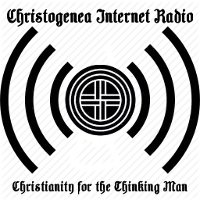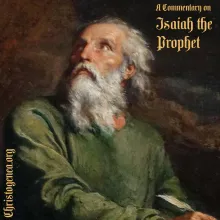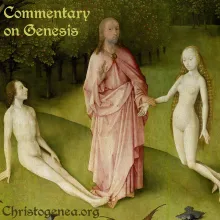On the Song of Songs: Part 1, the Allegory (Yahweh and Israel)
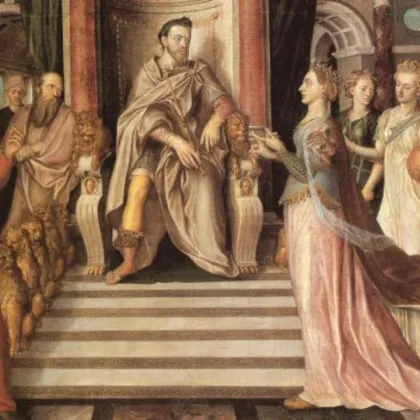
On the Song of Songs: Part 1, the Allegory (Yahweh and Israel)
Here we are going to endeavor a commentary on the Song of Songs, which is also sometimes, and erroneously, referred to as the Book of Canticles. The work is attributed to King Solomon, and we have good reason to accept the attribution. Hopefully our effort shall correct at least some misgivings concerning the Song, as we shall call it here. Before we begin, we shall examine what early Christian writers thought of the Song, as we were also encouraged to do when we examined more modern references, namely the article discussing the Song found at Wikipedia.
Not every old adage is true. There is a popular saying, or at least it was popular in generations past, that warns us to “never look a gift horse in the mouth.” The common interpretation of the adage is correct, as it is saying that one should not criticize a gift. But even Solomon warned, in Proverbs chapter 19, that “6 Many will intreat the favour of the prince: and every man is a friend to him that giveth gifts.” In other words, the favor of a prince can be bought with gifts, which is bribery. So Solomon wrote later, in Proverbs chapter 29, that “4 The king by judgment establisheth the land: but he that receiveth gifts overthroweth it.” So a king who accepts such bribes may ultimately bring his own kingdom to ruin.
This is the problem with Wikipedia: access is free, so essentially, it is a gift to all who use it. But it is free because nobody is truly responsible for it, since its editors are mostly anonymous volunteers, and practically anyone can become an editor. Yet millions of people turn to it daily, and imagine it to be some fount of knowledge.

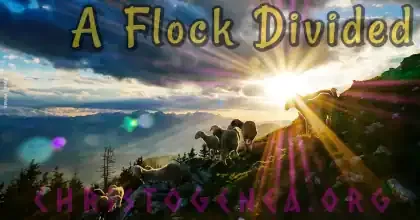

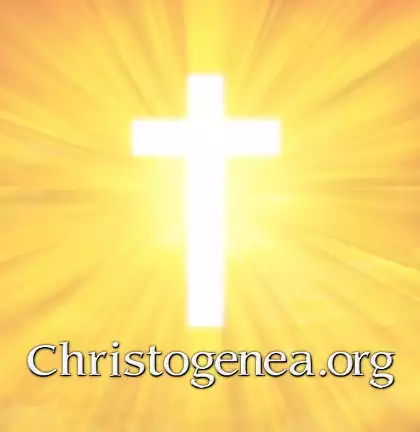
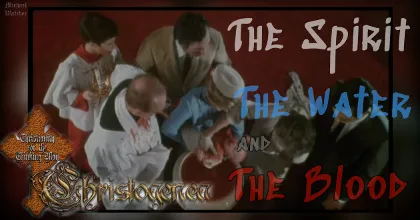
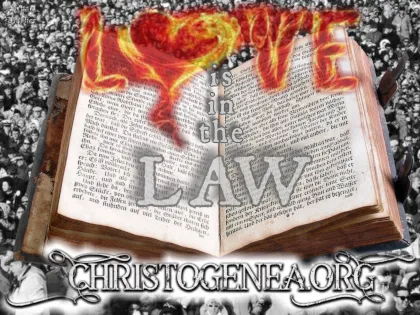

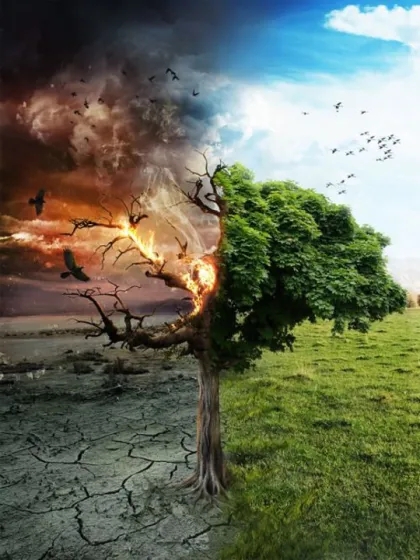


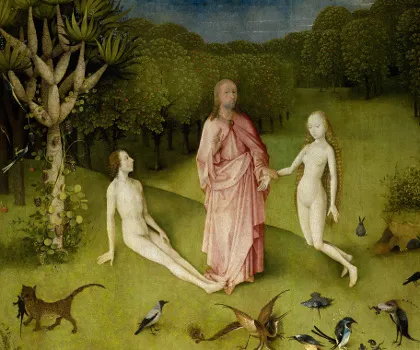
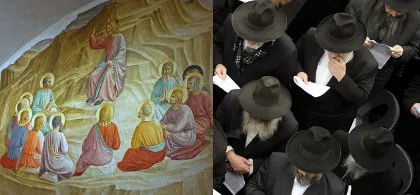
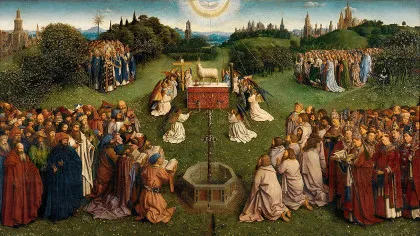
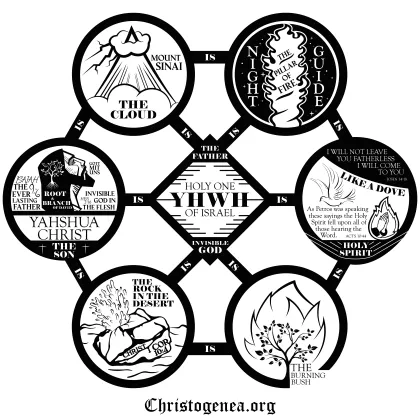
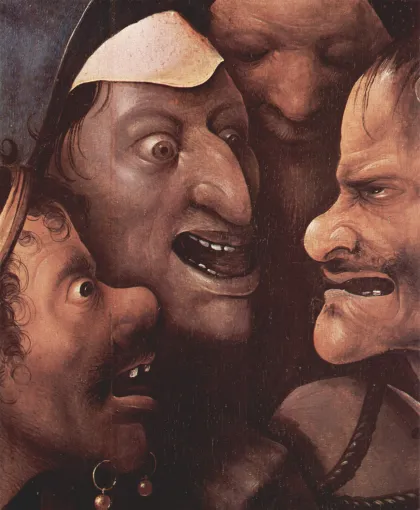
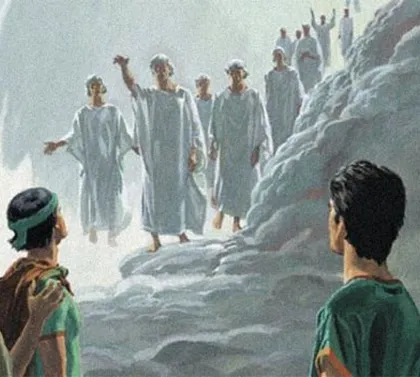


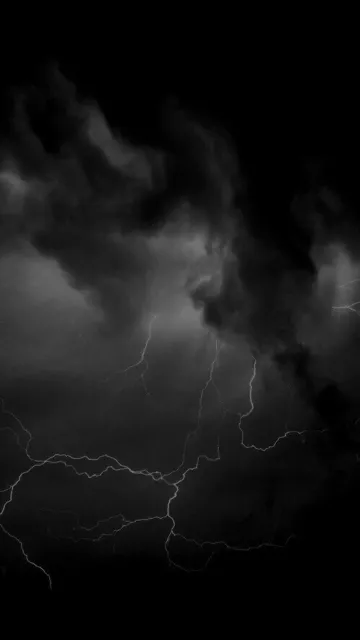





 Please click here for our mailing list sign-up page.
Please click here for our mailing list sign-up page.

